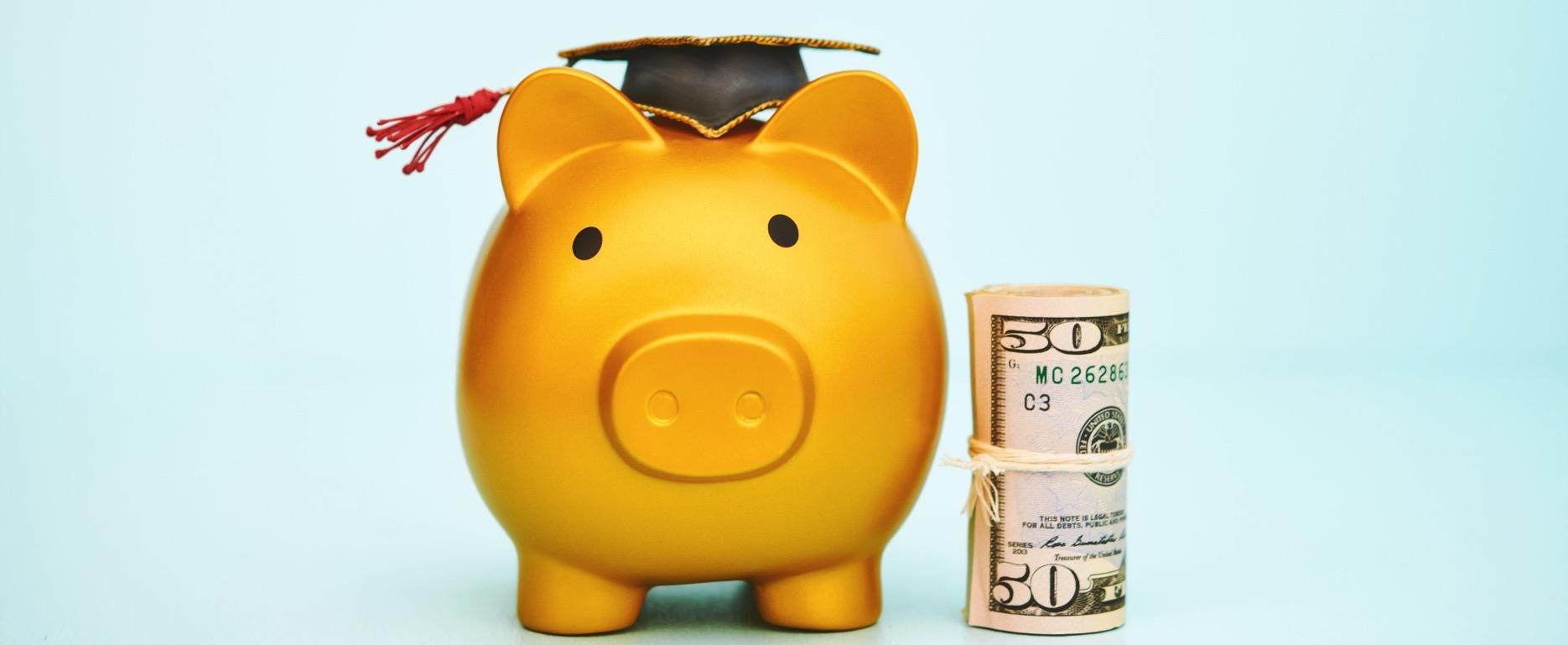
4 minute read
Myth 1: My Student Debt Means I Won’t Qualify
If you have student loans and are looking to buy a home, you may be wondering how that debt could impact your plans. Do you have to wait until you’ve paid off your loans? Or could you qualify for a home loan with that debt? To give you the answers you’re searching for, let’s take a look at what recent data shows.
Do You Have To Delay Your Plans Because of Student Loans?
Advertisement
If you’re worried your student loans mean you have to put your homeownership goals on hold, you’re not alone. In fact, many first-time buyers in this situation believe they have to delay their plans. According to data from the National Association of Realtors (NAR):
“When asked specifically about purchasing a home, half of nonhomeowners say student loan debt is delaying them from purchasing a home (51%).”
When asked why their student loans are putting their plans on the back burner, three key themes emerge:
• 47% say their student loans make it harder to save for a down payment
• 45% say they think they can’t qualify for a home loan because of existing debt
• 43% say they believe the delay is necessary even though they’ve never applied for a mortgage
No matter which reason resonates most with you, you should know a delay may not be necessary. While everyone’s situation is unique, your goal may be more within your reach than you realize.
Can You Qualify for a Home Loan if You Have Student Loans?
In the same report from NAR, data shows many current homeowners have student loan debt themselves:
“Nearly one-quarter of all home buyers, and 37% of first-time buyers, had student debt, with a typical amount of $30,000.”
That means other people in a similar situation were able to qualify for and buy a home even though they also had student loan debt. You may be able to do the same, especially if you have a steady source of income. Apartment Therapy drives this point home:
“. . . buying a home with student loans is possible, experts say. The proof is in the numbers, too: Some 40 percent of first-time homebuyers have student loan debt, according to the NAR study.”

The key takeaway is, for many people, homeownership is achievable even with student loans.
The best way to make a decision about your goals and next steps is to talk to the professionals. A real estate advisor can walk you through your specific situation, your options, and what has worked for other buyers like you.
They can also connect you with other professionals, such as a trusted lender, who can help. You don’t have to figure this out on your own – lean on the experts so you have the information you need to make the right decision for you.
Bottom Line
Many other buyers with student loan debt are already achieving their homeownership dreams. Maybe it’s time to take the next step toward making yours a reality too. Let’s connect to discuss your options and find out how close you are to achieving your goal.
Myth 2: I Need To Have a 20% Down Payment
As you set out on your homebuying journey, you're likely working on saving for your purchase. But do you actually need to save 20% for your down payment?

A Common and Costly Misconception
If you’ve asked anyone for advice on how much to save, chances are at least one them suggested you should save 20% of the purchase price for your down payment. While that’s great if you’re able to do so, saving that much can be especially challenging for first-time buyers.
But there's good news. While well-intended, that advice is likely based on a common misconception.
The National Association of Realtors (NAR) says:
“One of the biggest misconceptions among housing consumers is what the typical down payment is and what amount is needed to enter homeownership ”
The truth is, you may not need to save as much as you think. Unless specified by your loan type or lender, it’s typically not required to put 20% down.
The Benefits of 20% Down
While you usually don’t need to put 20% down, doing so can have some great perks, if you’re able. Those may include:
1. Your interest rate may be lower.
2. You’ll end up paying less over the life of your loan.
3. Your offer will stand out.
4. You won’t need Private Mortgage Insurance (PMI).
According to the Profile of Home Buyers and Sellers from NAR, the median down payment hasn’t been over 20% since 2005. Today, the median down payment for all homebuyers is only 13%. And it’s even lower for first-time homebuyers. Typically, they've put down just 7%. Better yet, there are also loan options that require as little as 3.5% (or even 0%) down for buyers who qualify (see chart below):
Median Down Payments
Today’s median down payment is far less than 20%
First-Time Homebuyers All Homebuyers With Some Loan Options
What Does This Mean for You?
While a down payment of 20% or more does have benefits, the typical buyer is putting far less than that down. That’s good news for you because it means you could be closer to your homebuying dream than you realize.
If you’re interested in learning more about low down payment options, there are several places to go. There are programs for qualified buyers with down payments as low as 3.5%. There are also options like VA and USDA loans with no down payment requirements for qualified applicants.
To understand the programs that are out there, you need to do your homework. Information is available through sites like downpaymentresource.com. But it also helps to turn to the experts for insights and advice. Be sure to work with a real estate advisor from the start to learn what you may qualify for in the homebuying process.
Bottom Line
Don’t let down payment myths keep you from hitting your homeownership goals. If you’re looking to buy this year, let’s review your options together.








